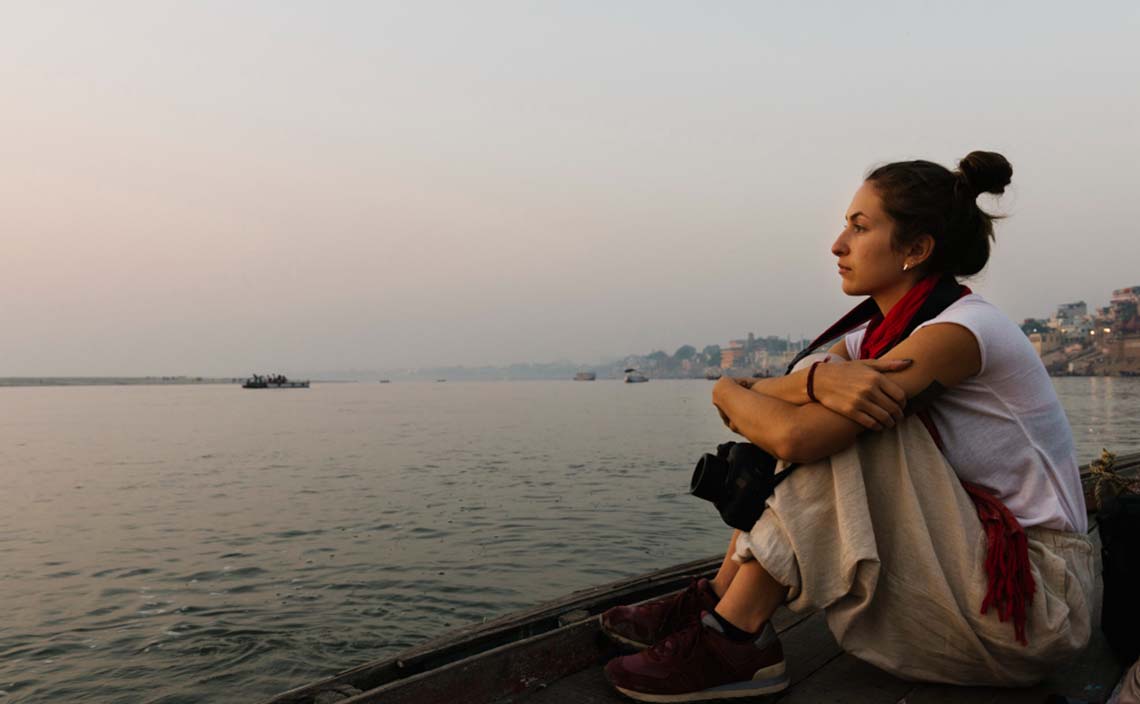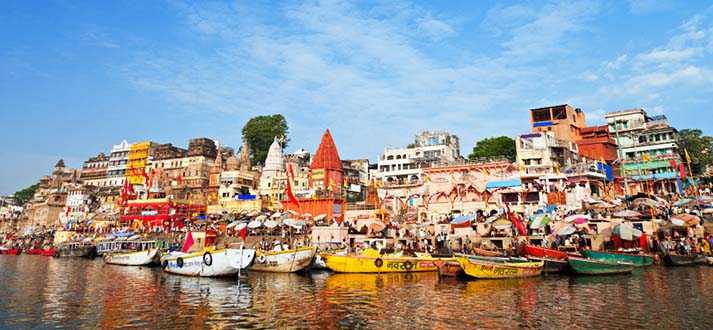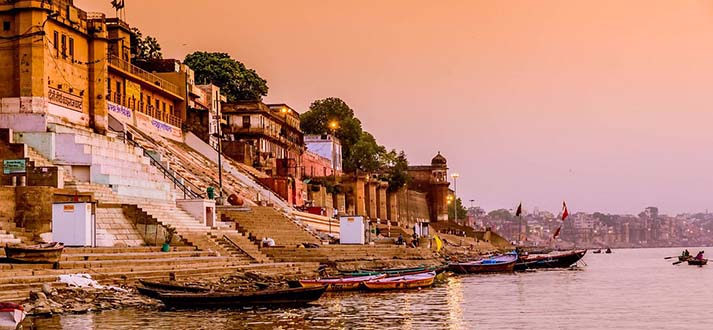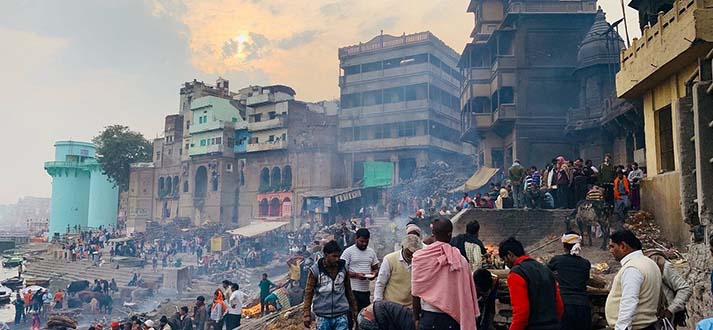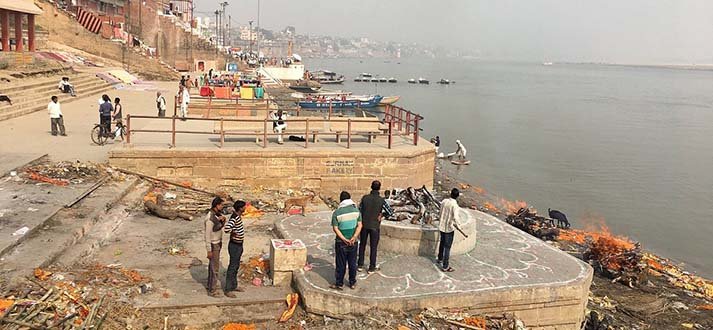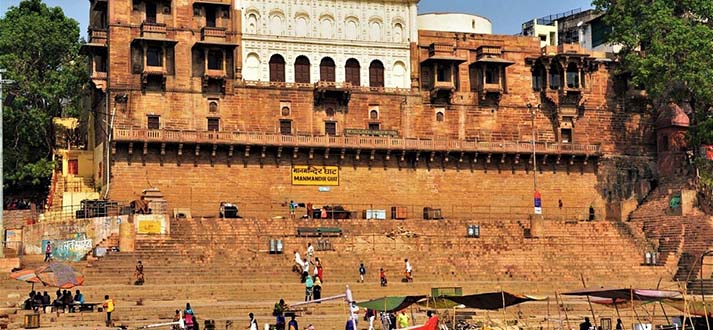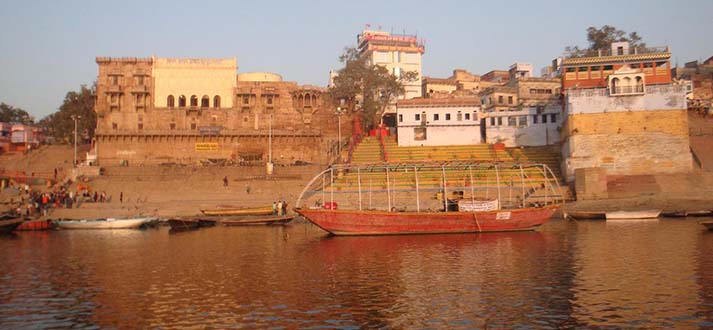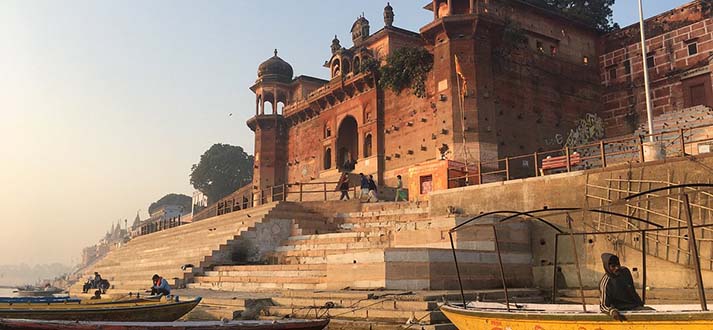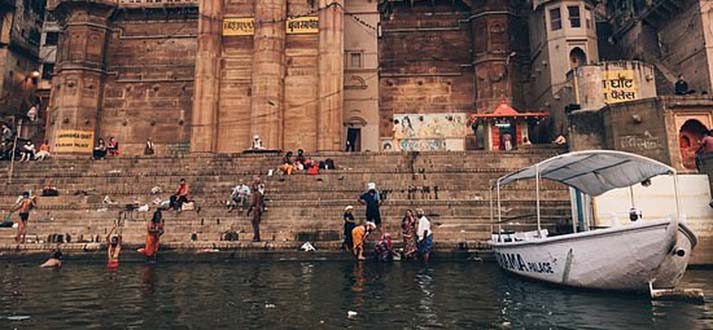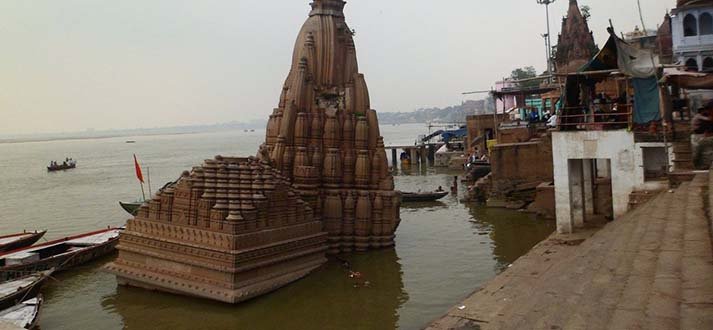A Complete List of Famous Ghats in Varanasi: Where Spirituality Meets the Sacred Ganges
Varanasi, the spiritual heart of India, is synonymous with its ghats – the riverfront steps leading to the holy Ganges River. Each ghat has its unique history, significance, and tales that weave the cultural fabric of this ancient city. Let’s embark on a journey to explore the famous ghats of Varanasi, where spirituality and devotion converge.
1. Dashashwamedh Ghat
Arguably the most vibrant and iconic ghat, Dashashwamedh Ghat is renowned for its Ganga Aarti, a daily evening ritual that captivates visitors with its spectacle of light, sound, and devotion. Pilgrims and tourists alike gather here to witness this divine ceremony that pays homage to the river goddess.
2. Assi Ghat
Regarded as the southernmost ghat in Varanasi, Assi Ghat holds immense religious significance. According to Hindu mythology, Lord Shiva threw his divine weapon ‘Chakra’ here, creating the Assi River. It’s a serene spot for meditation and is frequented by ascetics and seekers.
3. Manikarnika Ghat
Known as the primary cremation ghat, Manikarnika is where Hindus believe that being cremated brings liberation from the cycle of rebirth. It’s a humbling yet spiritually charged place that symbolizes the impermanence of life and the Hindu belief in moksha, liberation from the cycle of life and death.
4. Harishchandra Ghat
Adjacent to Manikarnika, Harishchandra Ghat is another significant cremation site. According to legend, King Harishchandra, known for his truthfulness, worked at this ghat. The ghat sees fewer pyres but shares a similar spiritual essence as Manikarnika.
5. Man Mandir Ghat
This ghat is renowned for the Man Mandir Observatory, an astronomical observatory built by Raja Jai Singh II. It’s an architectural marvel, blending science with spirituality, offering panoramic views of the river.
6. Panchganga Ghat
Panchganga Ghat marks the confluence of five rivers – Ganges, Yamuna, Saraswati, Kirana, and Dhutpapa. Bathing here during Kartik Poornima is believed to cleanse one of the sins. The Ghat is adorned with intricate carvings and temples.
7. Rana Mahal Ghat
An epitome of architectural grandeur, Rana Mahal Ghat, showcases a stunning palace built by Raja Rana Singh of Udaipur. The ghat’s intricate architecture and serene ambience attract architecture enthusiasts and curious travelers.
8. Chet Singh Ghat
Named after the 18th-century ruler, Chet Singh Ghat is known for its historical significance. It witnessed a fierce battle between the British and the local Maharaja during the East India Company’s rule.
9. Darbhanga Ghat
This ghat stands out for its beautifully constructed palace, showcasing a blend of Mughal and Rajput architectural styles. The palace, owned by the Darbhanga royal family, adds to the ghat’s regal charm.
10. Scindia Ghat
Home to the Shiva temple of Scindia, this ghat bears the influence of Maratha rulers. The temple, adorned with intricate artwork, attracts devotees seeking blessings and spiritual solace.
Each ghat in Varanasi resonates with its unique essence, preserving centuries-old traditions and stories that have shaped the city’s spiritual and cultural identity. Exploring these ghats isn’t just a sightseeing experience; it’s an immersion into the soul-stirring spirituality and timeless allure of Varanasi.
